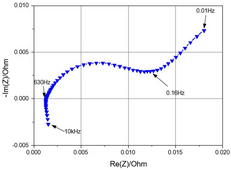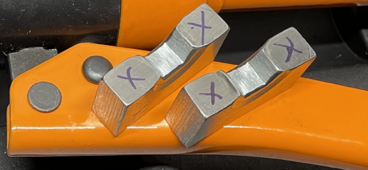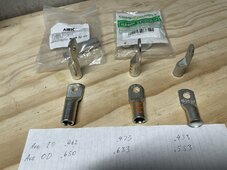I looked at all the inexpensive units I can find online and all they report is voltage and a number with an ohm symbol or the word ohms after it. Some also report temperature.
None report the resistive component and the reactive component. And no of them even spec the frequency they operate, if they even do operate at a certain frequency.
Check out this 7 thousand unit: Battery impedance meter. This is what they all should do;
BT4560https://www.hioki.com/us-en/products/resistance-meters/battery/id_5897
None report the resistive component and the reactive component. And no of them even spec the frequency they operate, if they even do operate at a certain frequency.
Check out this 7 thousand unit: Battery impedance meter. This is what they all should do;
BT4560https://www.hioki.com/us-en/products/resistance-meters/battery/id_5897







